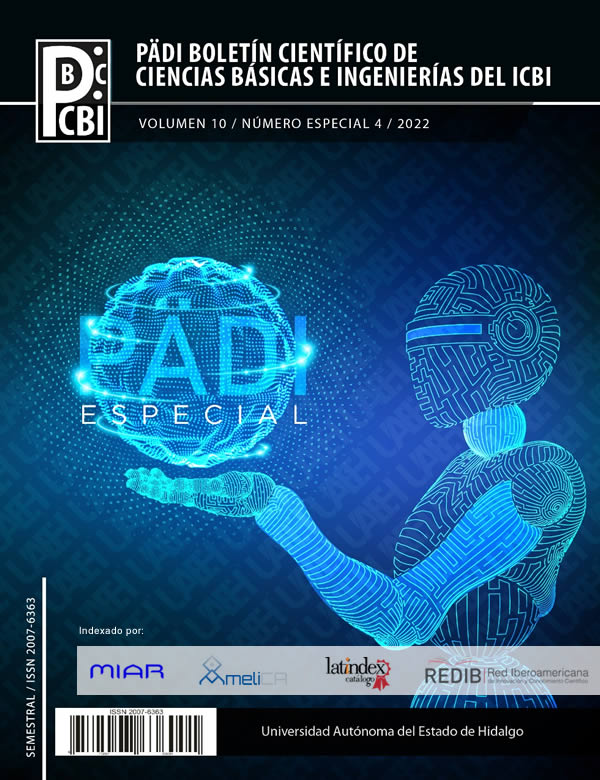Input saturated controller for quadrotor hovering
Abstract
In this document, a controller with saturated inputs for quadrotors performing a hover task is presented. The controller is developed considering the properties of the vehicle model and the physical restrictions associated with the rotors. The controller design establishes the saturation limits to keep the input signals from exceeding the maximum ratings of the actuators and, at the same time, ensure the fulfillment of the assigned task. The stability of the closed-loop system is analyzed using the Lyapunov theory guaranteeing asymptotic convergence of the quadrotor position error. The functionality of the control proposal is validated using numerical simulations demonstrating the advantages of considering the effect of saturation in the controller design.
Downloads
References
Cao, N. and Lynch, A. F. (2015). Inner–outer loop control for quadrotor UAVs with input and state constraints. IEEE Transactions on Control Systems Technology, 24(5):1797–1804.
Cheng, X., Zhang, Y., Liu, H., Wollherr, D., and Buss, M. (2021). Adaptive neural backstepping control for flexible-joint robot manipulator with bounded torque inputs. Neurocomputing, 458:70–86.
Jalili, S., Rezaie, B., and Rahmani, Z. (2018). A novel hybrid model predictive control design with application to a quadrotor helicopter. Optimal Control Applications and Methods, 39(4):1301–1322.
Jiang, H., Xia, Y., Hu, R., Ma, D., and Hao, C. (2019). A feedback linearization and saturated control structure for quadrotor UAV. In 2019 Chinese Control Conference (CCC), pages 8277–8282. IEEE.
Khalil, H. K. (2002). Nonlinear systems third edition. Patience Hall, New Jersey.
Lv, Z.-Y., Li, S., Wu, Y., and Wang, Q.-G. (2021). Adaptive control for a quadrotor transporting a cable-suspended payload with unknown mass in the presence of rotor downwash. IEEE Transactions on Vehicular Technology, 70(9):8505–8518.
Noordin, A., Mohd Basri, M. A., Mohamed, Z., and Mat Lazim, I. (2021).
Adaptive pid controller using sliding mode control approaches for quadrotor uav attitude and position stabilization. Arabian Journal for Science and Engineering, 46(2):963–981.
Perez-Alcocer, R., Montoya-Villegas, L. G., Lopez-Martinez, A. E., and Moreno-Valenzuela, J. (2021). Saturated visual-servoing control strategy for nonholonomic mobile robots with experimental evaluations. IEEE Access, 9:130680–130689.
Perez-Alcocer, R. and Moreno-Valenzuela, J. (2019). Adaptive control for quadrotor trajectory tracking with accurate parametrization. IEEE Access, 7:53236–53247.
Zheng, X., Yang, X., Zhao, H., and Chen, Y. (2022). Saturated adaptive law based backstepping and its applications to a quad-rotor hover. IEEE Transactions on Industrial Electronics.
Zhou, L., Zhang, J., She, H., and Jin, H. (2019). Quadrotor UAV flight control via a novel saturation integral backstepping controller. Automatika, 60(2):193–206.
Zhu, W., Du, H., Cheng, Y., and Chu, Z. (2017). Hovering control for quadrotor aircraft based on finite-time control algorithm. Nonlinear Dynamics, 88(4):2359–2369.













